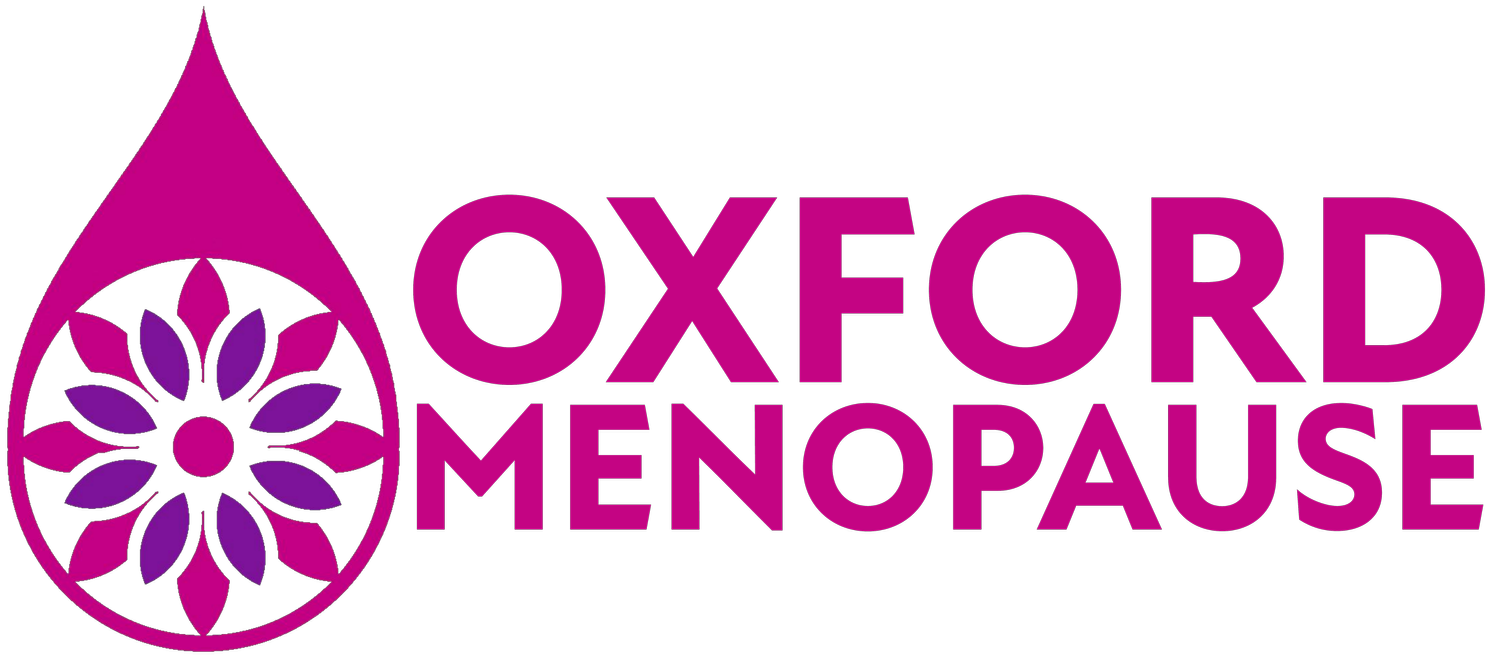Newsletter February 2021
Oestrogen – what should I use and how?
Oestrogen is the key hormone in hormone replacement therapy (HRT), low levels of oestrogen cause the majority of menopausal symptoms. Oestrogen can be given in tablets, patches, gel or as a spray. The choice of preparation will be discussed at your menopause consultation as this depends on your medical history, lifestyle and personal preference. Do not worry if one type of HRT does not suit/work for you as there are plenty of options to try.
Why would I use a gel, patch or spray?
Transdermal oestrogen (absorbed through the skin) in either a gel, patch or spray is safer than oestrogen given in a tablet form as it does not increase the risk of stroke or thrombosis (blood clots). Oestrogen tablets slightly increase this risk so tablets should not be used in women with risk factors for stroke/thrombosis or those with migraine.
With gel, patches or spray, oestrogen is absorbed directly into the blood stream, this means it does not have to be digested and therefore side effects are often reduced.
The dose of oestrogen is far easier to adjust if using transdermal oestrogen, it is also easy to use make adjustments to individualise your oestrogen dose with gels/patches and sprays.
Some women prefer to use a tablet form of oestrogen and it is important that any risks/benefits are clearly explained at your consultation.
How do I take the tablets?
Oestrogen tablets are available in combination with progestogen and also as oestrogen-only tablets which can be combined with a separate progestogen if required (see below ‘but what about progestogen?’). They are taken once daily.
How do I use the patches?
Patches are usually changed twice weekly (every 3.5 days) but some are available in a weekly form. They should be applied to dry, non-moisturised skin below the waist, usually on the buttock or thigh. It helps to massage the patch for a short while after application to warm the adhesive so that they adhere effectively. This allows women to bathe or exercise without the patch becoming detached.
Patches are available in different doses, ranging from 25mcg to 100mcg, your specialist will advise about the most appropriate dose. Some adjustment may be needed in the dose to ensure your symptoms areaddressed and it is common for younger women to need higher doses.
The patches often leave a sticky mark on removal, this can be easily removed with baby oil, make-up remover or surgical spirit.
How do I use a gel?
Gels are available in a pump or sachets. Your specialist will advise about how much to use. Dosage varies from woman to woman but younger women often need much higher doses.
The gel can be applied anywhere (except the breasts) but is more effective if absorbed into the thighs or upper outer arm. Gels can be applied at any time of day, it is important to let the gel absorb into the skin as dressing/bathing soon after application can reduce absorption. It is also important to avoid skin to skin contact with anyone while the gel is still wet on the skin.
How do I use a spray?
The oestrogen spray should be applied to the inner forearm (area of skin between the elbow and wrist) and you should avoid overlapping the doses, it can also be applied to the inner thigh. There is no need to rub the spray in, try and avoid bathing/washing for 60 minutes after application and avoid skin to skin contact with anyone while the spray is wet on the skin. You can dress 5 minutes after applying the spray.
Women commonly need between 1 and 3 sprays each day, your specialist should advise about the dose.
But what about progestogen?
If you have a uterus (womb) you should use some progestogen alongside any oestrogen, oestrogen used alone in women who have not had a hysterectomy can increase the womb lining (endometrium) thickness, progestogen protects this from happening. Progestogen is usually given separately as a tablet which can be swallowed or inserted into the vagina but is also available in combination with oestrogen in tablets/patches. The dose of progestogen does not need to change if you adjust your oestrogen dose.
You can also use progestogen in a hormone releasing device in the womb (coil), the Mirena© IUS, this also provides contraception and can be used to manage heavy bleeding as well as part of your HRT. Your specialist can advise you about this if you wish to explore further.
How can I get help?
Oxford Menopause offers a bespoke, individualised approach to every woman’s menopause, exploring their issues and providing an evidence-based discussion about how these can be managed effectively. Different treatment options are reviewed and women are allowed time to discuss any queries or concerns they have in a safe, confidential environment, ensuring they are well-informed about their menopause and any treatment they wish to consider.
To find out more or book an appointment with Dr Katie Barber visit www.oxfordmenopause.com, call 07515 560870 or email enquiries@oxfordmenopause.com.
Get in touch today to find out more and book your first appointment!
